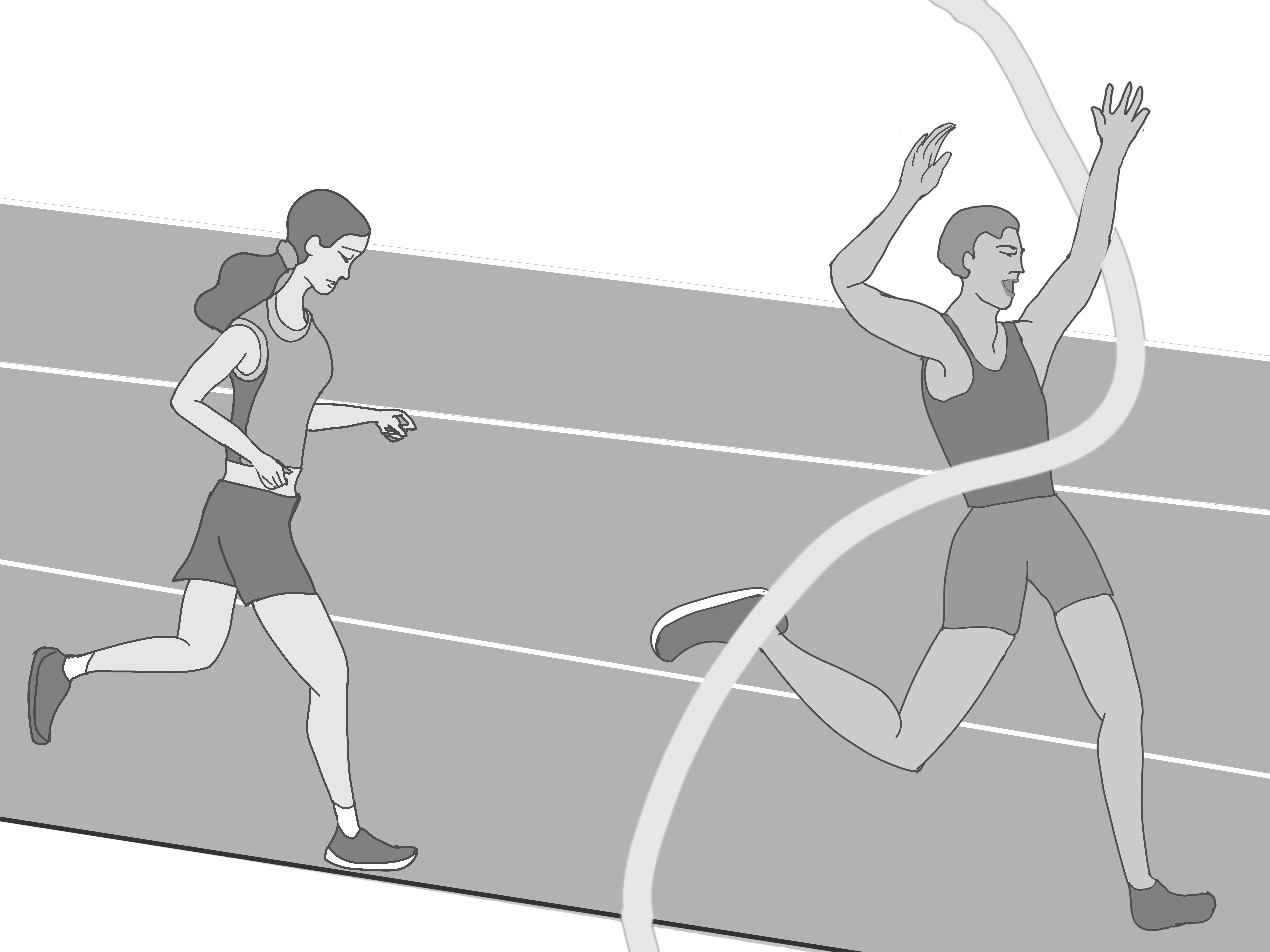A Dive into Gender Bias in Sports
September, 2023
In the sports industry, where records are defeated and rising athletes triumph, one challenge remains unaddressed: gender bias. While both genders share an exceptional skill level, women’s sports have received less funding, media coverage, and recognition than their male counterparts. Oftentimes, women find themselves left in the shadows, while men get to shine in the spotlight. This contrast is not a reflection of ability, dedication, or passion, but rather a matter of the gender inequality that persists in the sports world.
One of the most notable examples of sex discrimination is when the U.S. women’s soccer team fought for equal pay and treatment back in 2022, arguing for compensation equal to that of their male counterparts. Although they boasted outstanding achievements, they lacked recognition for their dedication to the game. Even athletes of different sports, such as basketball and ice hockey champions, shared a similar sentiment and resonated with this lack of equality. The lawsuit gradually spread its influence worldwide, as more female soccer players from various countries advocated for a better, more equitable playing field. Eventually, this discrimination brought on by the U.S. Soccer Federation came to an end when the dispute settled in favor of the women’s team.
Unfortunately, the equal pay lawsuit is not the only example of gender imbalance in the world of sports, despite the progress made since the United State’s 1972 Title IX law, which forbade sex-based discrimination in federally financed programs. This gender disparity is partly influenced by the demands of the sports entertainment industry, which revolve around decisions regarding championship funding, amount of equipment, and even the quality of food for sports teams, according to a 2021 investigation of the National Collegiate Athletic Association.
"Everything in this country revolves around money,” said Brandon Williams, a PHS Physical Education teacher and track coach. “Men’s sports bring in a lot of money, [while] women’s sports bring a lot of [financial] problems.”
Recently, gender inequality in women's sports teams was yet again highlighted when Jorge Vilda, the coach of the Spanish women’s soccer team, was dismissed on September 5, 2023. The allegations of inappropriate behavior against him included forcibly kissing an athlete on the team recently, which became the turning point in his demotion. These accusations have followed Vilda since he was hired in 2015, with accounts of sexism, controlling behavior, and unequal pay. Last year, 15 Spanish players, with 12 from his own team, protested against his inappropriate behavior, but it was only until after these concerns reached the breaking point that they were effectively addressed.
A reason for the monetary gap in womens’ sports seems to lie in what the average person finds entertaining in sports. A bold rush down the field. A powerful slam dunk. These are the actions that often get fans riled up during major sporting events, enhanced with dramatic angles and gripping commentary. For viewers, stunning feats of athleticism are eye candy, which according to an NBC News article in 2018, increase hormone levels and neurotransmitter chemicals such as dopamine, a chemical that increases happiness and excitement. As a result, men’s sports, which often demonstrate more action, can be seen as the more popular sport.
“I think people who watch sports want to look more at physicality… and men’s sports seem to fulfill those people who want to watch those more entertaining sports,” said Jaiden Xu ’25, a basketball enthusiast.
However, in pursuit of forging the latest, hottest sports highlight, a Duke University article stated in 2015 that men’s sports often make sacrifices on the tactical aspect of the sport––an area that women, conversely, tend to focus on more. In sports such as tennis, gymnastics, and volleyball, where the technical aspects stand out, female athletes tend to excel. Yet, when it comes to male athletes competing in these female-dominated sports, preferences seem to shift. As reported in an article written by The Atlantic in 2015, fans express a greater interest in watching men perform exhilarating shots and breathtaking moves, indicating that there is some unresolved gender bias in the sports industry.
However, public perception of women’s athletic ability seems to be shifting, after the Nebraska volleyball team set a record for the highest women’s sporting event attendance, with over 92,000 fans cheering in the crowd. In addition to that astounding record, FIFA recorded more than 1,715,000 tickets sold out for the FIFA Women’s World Cup Australia and New Zealand, with staggering attendance numbers at its openers. With this surge of interest taking a turn in achieving gender equality, women’s sports are receiving the recognition they deserve for their exceptional skill and talent. While watching women’s sports undoubtedly offers a source of entertainment, it’s also an essential step to facing the inequality women have carried on their backs for far too long. Perhaps it’s time for people to explore an alternate side of sports and embrace a fresh approach to the game. In breaking down these barriers, the sports world can move forwards towards a more inclusive environment, where, regardless of gender, athletes can be celebrated for their abilities.